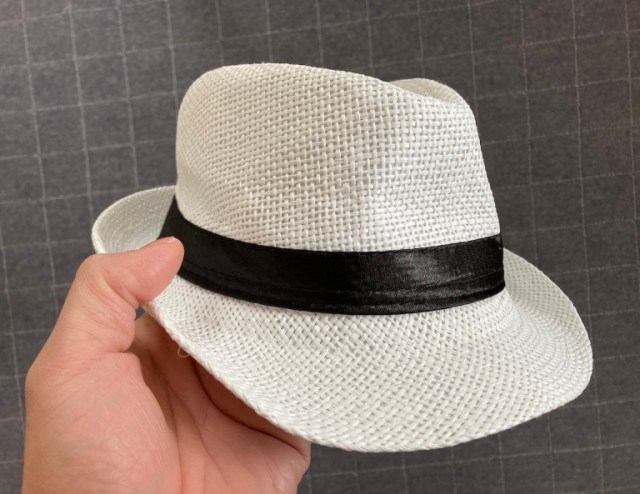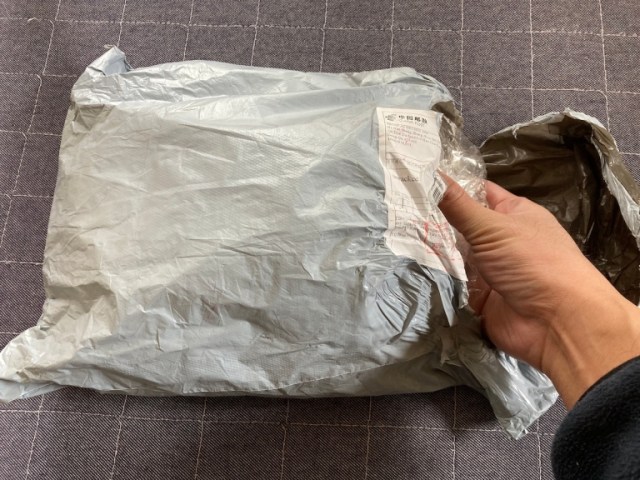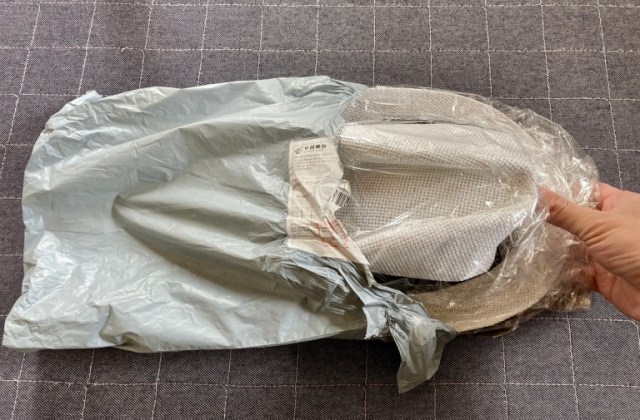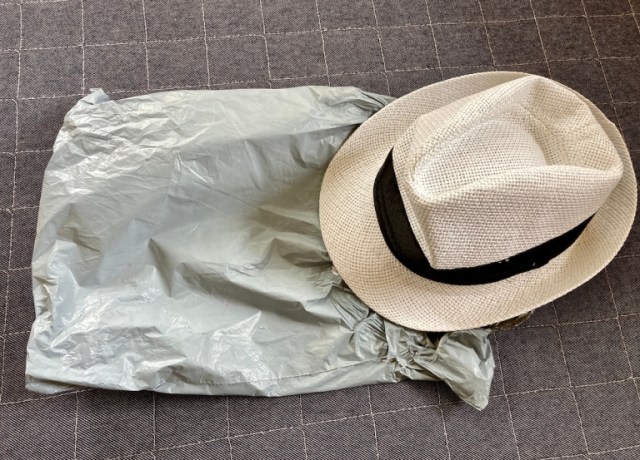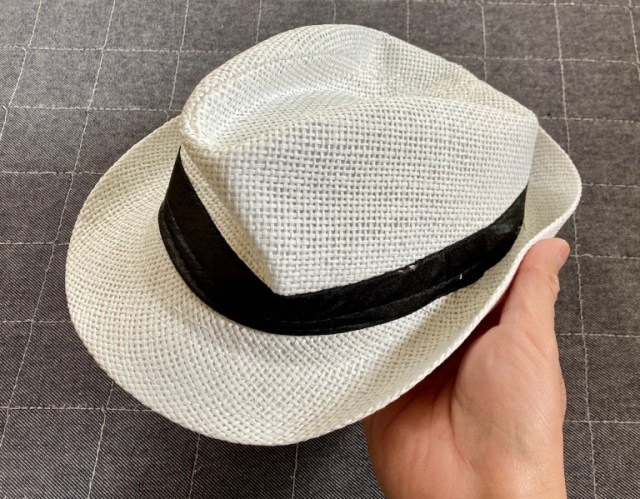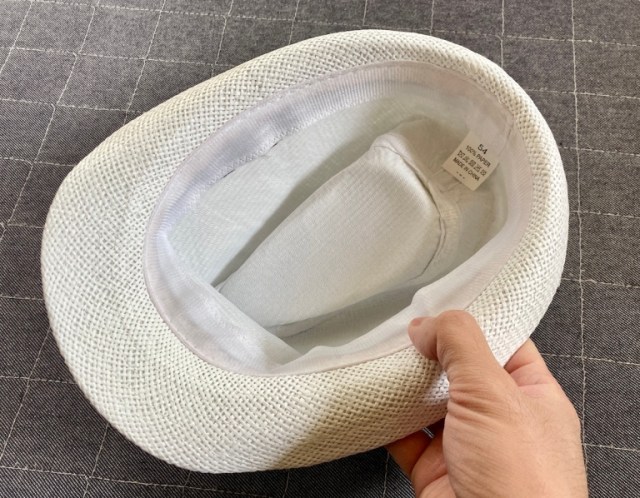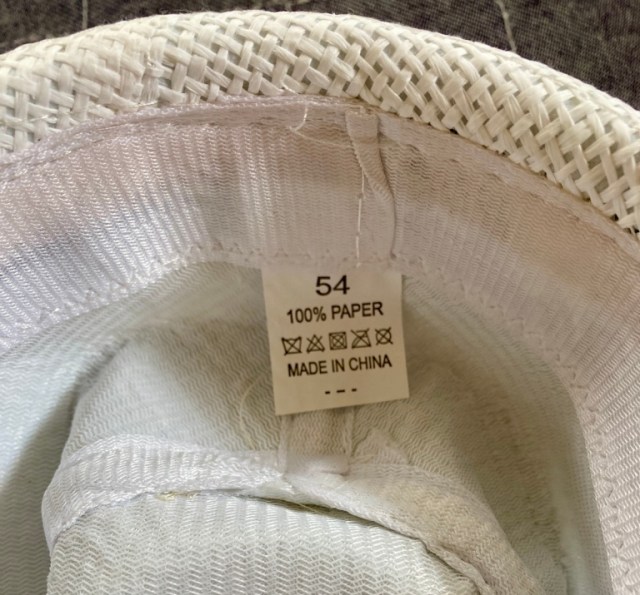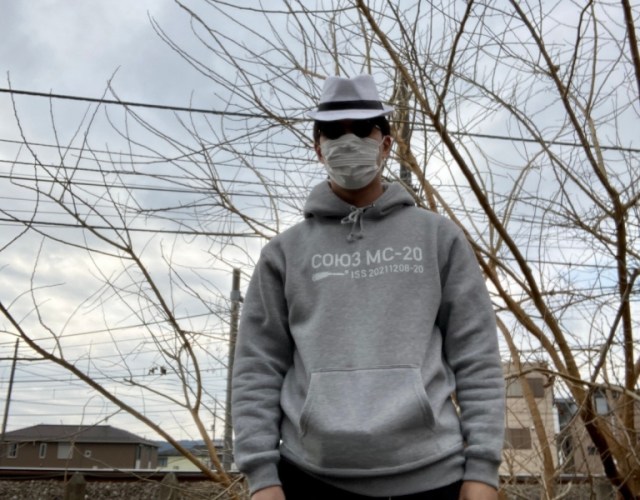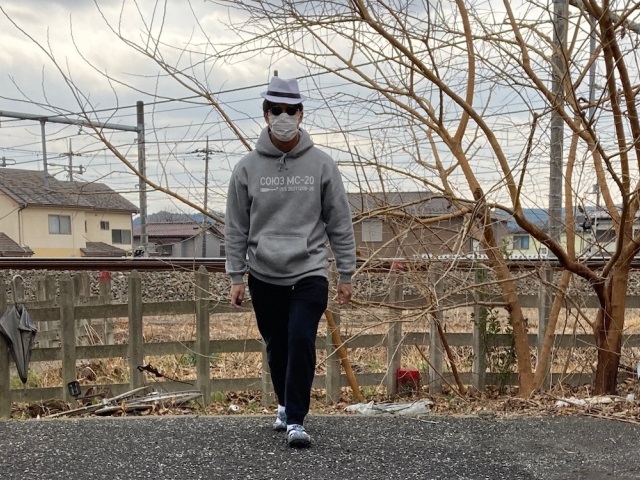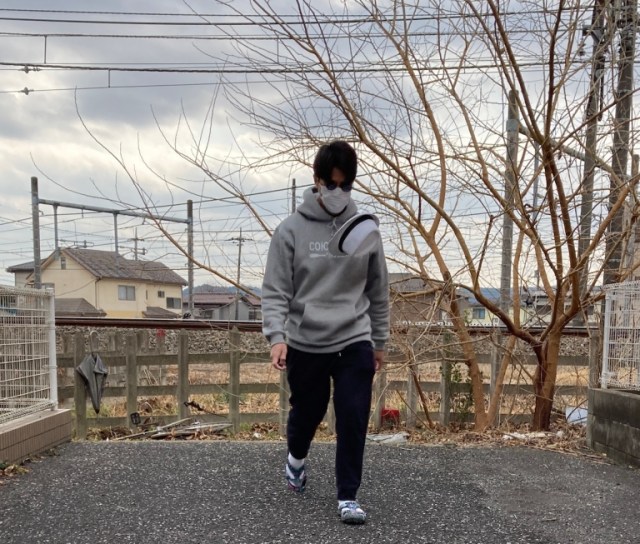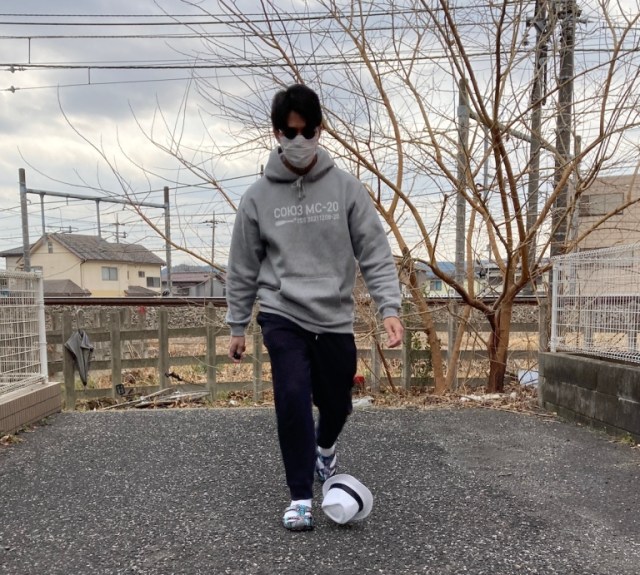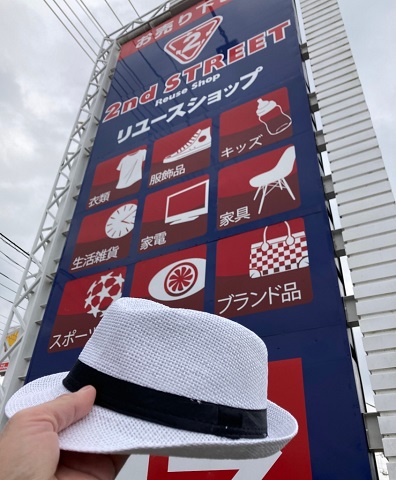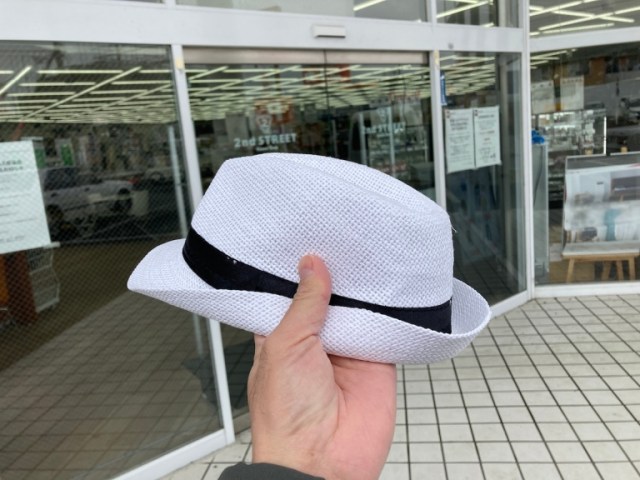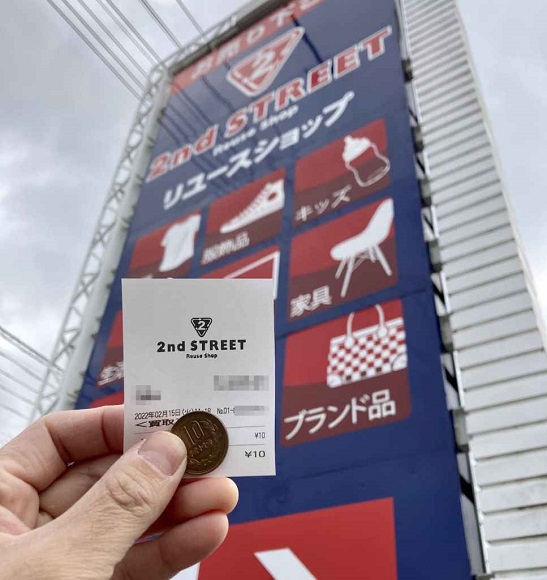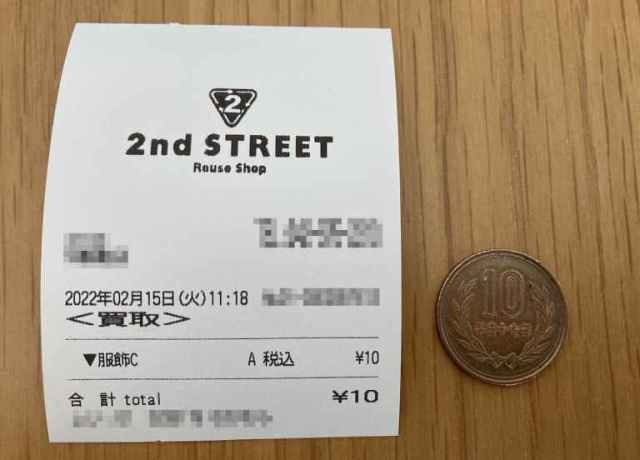https://ift.tt/z3xD12M Casey Baseel

It’s a gyoza town, but what happens when you ask for a restaurant that’s got other great good too?
If you’ve been following our “Hey, Japanese Taxi Driver” series, in which we ask cabbies to take us to the best local restaurants around Japan, you might have noticed that we often ask for a recommendation for whatever type of food the city is famous for. That’s why we asked for the best takoyaki place in Osaka and seafood in Otaru.
On her visit to Tochigi Prefecture’s Utsunomiya, though, our reporter Ikuna Kamezawa pulled a 180 on our usual plan. Utsunomiya is famous for gyoza, and you can find restaurants specializing in the delicious dumplings all over the city.
▼ Clockwise from top left: an Utsunomiya gyoza restaurant, an Utsunomiya gyoza sticker picture booth, Ikuna posing with Utsunomiya’s gyoza statue, and the entrance to Utsunomiya’s Gyoza Road.
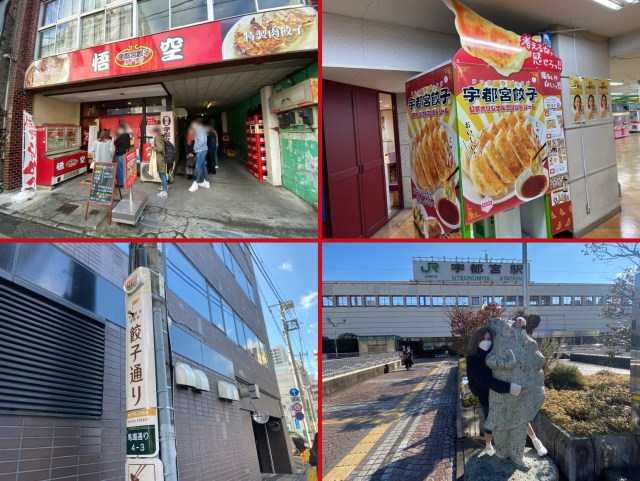
But when Ikuna hopped into a cab outside Utsunomiya Station, she asked the driver “Can you please take me to a good place to eat that’s not a gyoza restaurant?”
The unusual question seemed to take the driver by surprise, what with gyoza being the first thing almost everyone wants to eat once they arrive in town. He spent several moments deep in thought, before answering:
“I’m sorry, but I can’t think of any.”
This wasn’t an off-the-cuff answer just to blow Ikuna off, considering how long he’d taken before responding. But after thinking it over a little more, he said “There’s a place I can recommend, but they serve gyoza. It’s not a gyoza-main place, though.” Ikuna assured him that that would be fine, and he pulled into traffic and started driving west from the station.

“But you know, whether or not food tastes good is a matter of personal taste,” the driver said as he drove. “If you end up thinking the restaurant I’m taking you to tastes bad, then I apologize. I do get a lot of passengers who ask me to take them there, though, so I think it’s a pretty popular place.”
“That’s fine,” Ikuna said, willing to accept responsibility for however the meal turned out. “I’m sorry to make such a difficult request of you.”
“Even if you think ‘Wow, this tastes really bad,’ please don’t hold it against me,” the driver added. “Oh, no, I wouldn’t do that at all!” Ikuna promised, but the driver still seemed concerned for her. “By the way, if you think the restaurant I’m taking you to isn’t good, there’s a gyoza specialty shop next door to it called Masahi, so you can also get something to eat there. Whether a restaurant is good or not is up to the person who’s eating, so please don’t hold it against me if you don’t like it.”
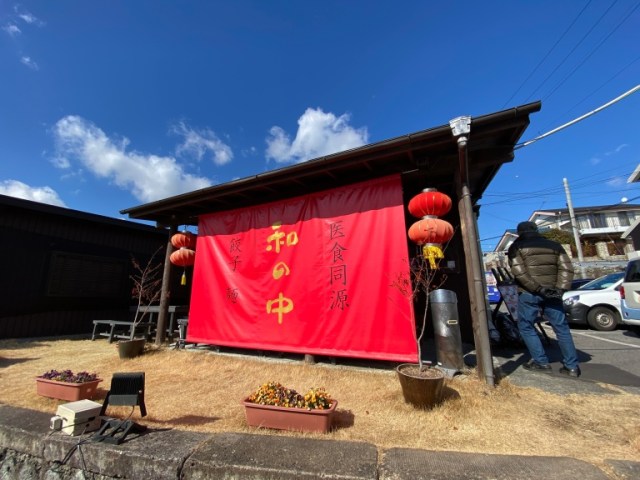
By this time they were in the suburbs, and about 20 minutes after Ikuna had gotten into the taxi they arrived at the restaurant, called Wa no Naka. Even though it was past the lunch rush, there was still a line of people waiting to get in, but in Japan that’s usually a sign that the food is really tasty, so Ikuna didn’t mind the wait.

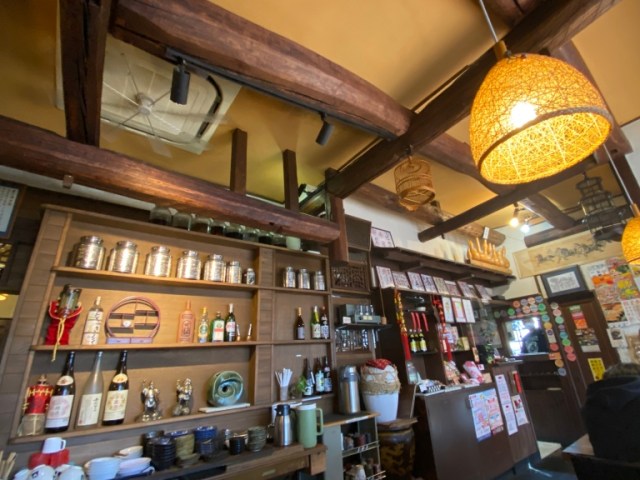
After 20 minutes of waiting, Ikuna was led inside Wa no Naka’s eclectic interior, with its charming wooden fixtures and furniture, rustic tableware, and order touch screens tablets.
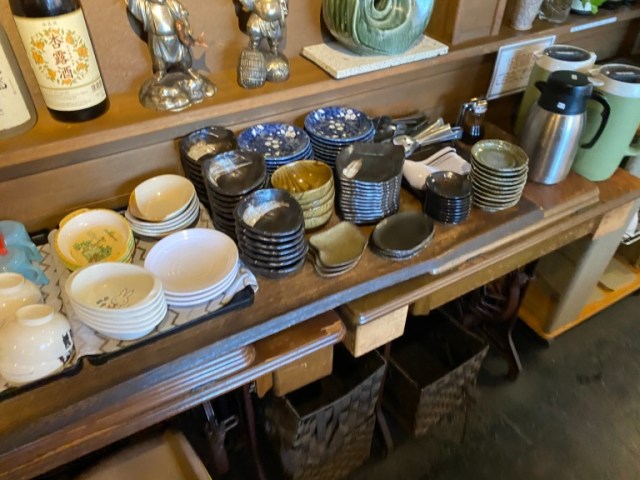
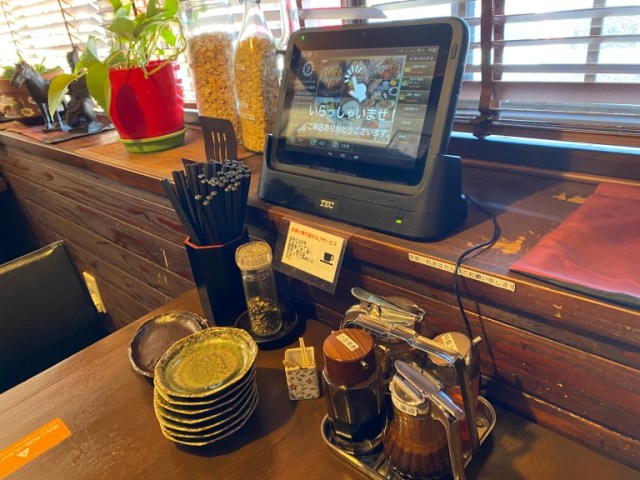
Ikuna was now starving, and so when she asked her server what they recommended and got back three answers, she decided to try them all, even if two of them either were or contained gyoza. Starting with the non-gyoza item, she got herself a bowl of shio (salt broth) ramen, for 768 yen (US$6.70).
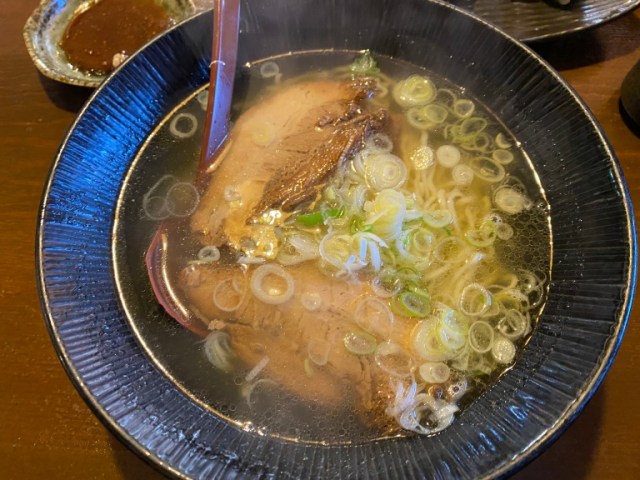
The flavor was elegant and refined, with each sip of the rich broth ending with a crisp saltiness free of excessive oiliness in the aftertaste. Really, it reminded Ikuna of the local ramen shop she’d loved eating at in the neighborhood she grew up in. It also came with a thick, tender cut of chashu pork, a much more generous portion than you usually get for ramen at his price point in Japan.
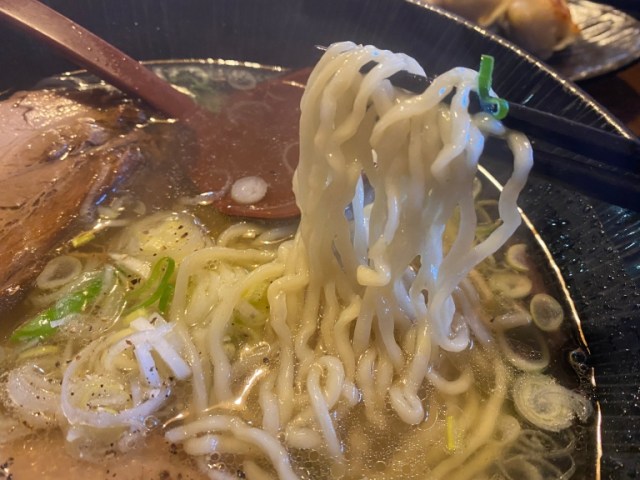

Ikuna did, also, try Wa no Naka’s gyoza (363 yen), since the staff recommended them and she didn’t know when, if ever, she’d be dining out in the suburbs of Utsunomiya again.
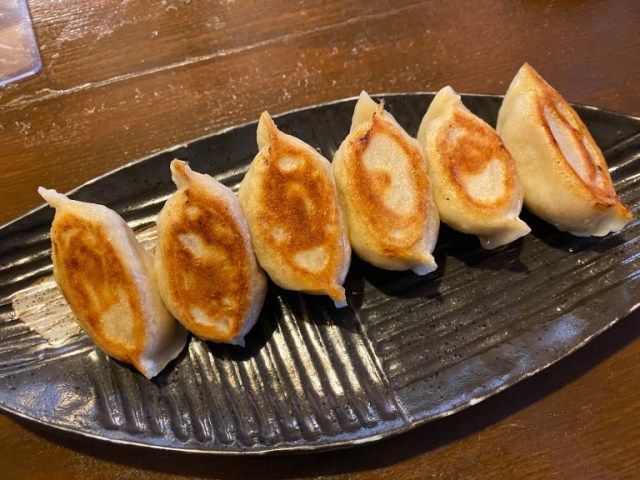
The dumplings were adorably plump, with a noticeable chewiness and wheaty flavor to their skin. The ingredients were fantastically flavorful and juicy, with the vegetables in particular having a noticeable sweetness to them.
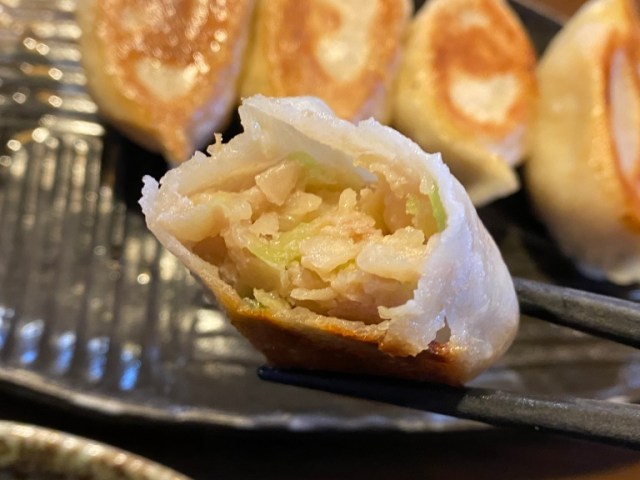
▼ Ikuna recommends dipping them in Wa no Naka’s special garlic soy sauce (にんにく醤油).

Finally, the server’s third recommendation was the ishiyaki gyoza fried rice (878 yen).
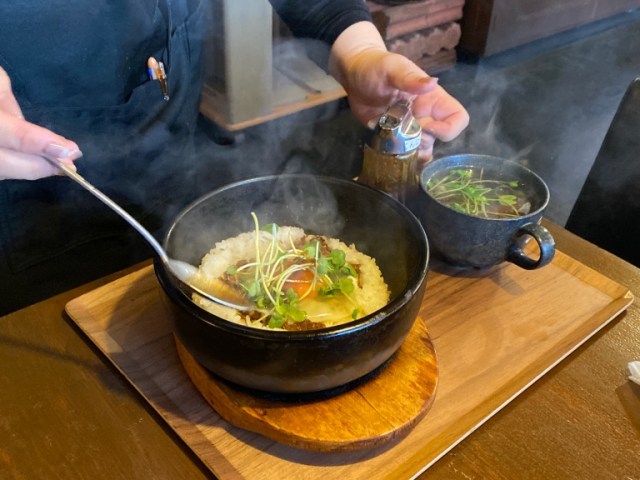
Ishiyaki means “stone-grilled,” and the ingredients are served inside a heated earthenware bowl, so that they cook at the table while you’re eating. Maybe because she was eating slower since she’d ordered three things at once, Ikuna’s fried rice get especially fried, acquiring a cracker-like crispness. It tasted great, though, especially with a splash of the gyoza dipping sauce mixed in.

But as amazing as everything was, Ikuna couldn’t help noticing how many other customers’ tables also had plates of pork niku dango (meatballs) on them.

“Ah, maybe I should have ordered some of those,” thought Ikuna, and apparently the staff noticed her interest in the dish, because suddenly they brought over a free plate for her!
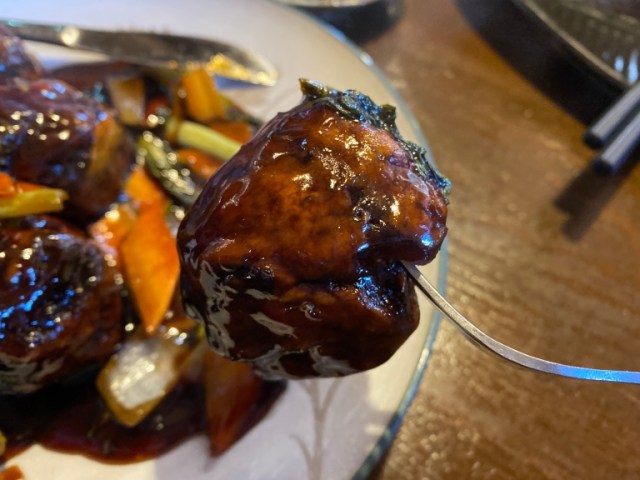
For Ikuna, the niku dango (which ordinarily cost 1,098 yen) were the true stars of the meal, even better than the other three dishes she’d ordered. The flavoring here is kurozu subuta, sweet and sour pork with black vinegar, and they’re so big that many customers eat them with a knife and fork instead of chopsticks.
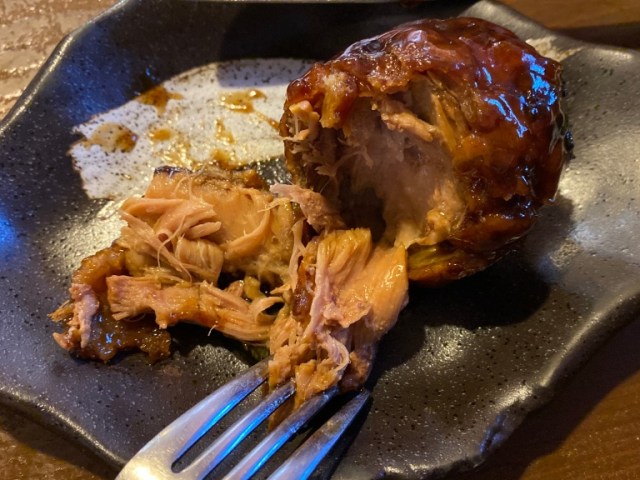
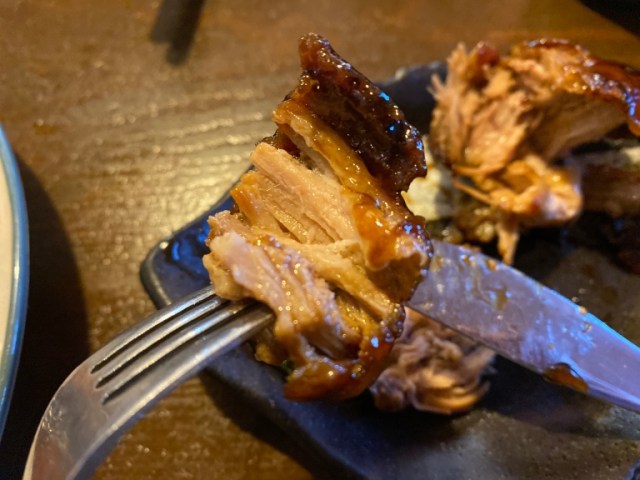
Really, the only complaint that Ikuna had was that she only had one stomach, and so she couldn’t fit all of this great food inside of it.
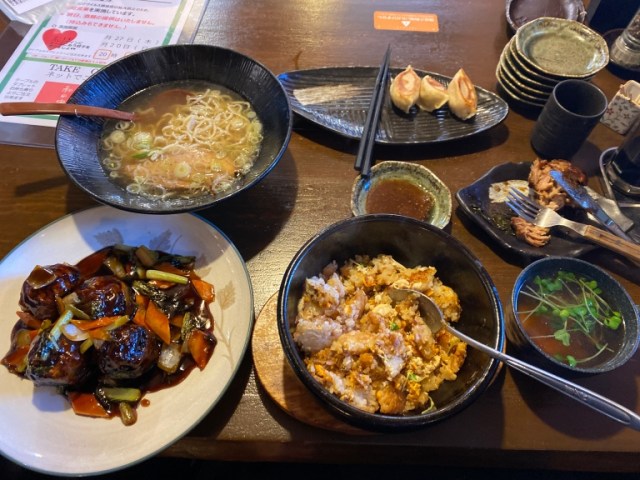
She was in luck, though, because unlike many Japanese restaurants, Wa no Naka is very accommodating in packing up customers’ leftovers so they can take them home. This allowed Ikuna to stretch her feast out over two days, and also to enjoy the almond tofu dessert and coffee that came as part of her meal.
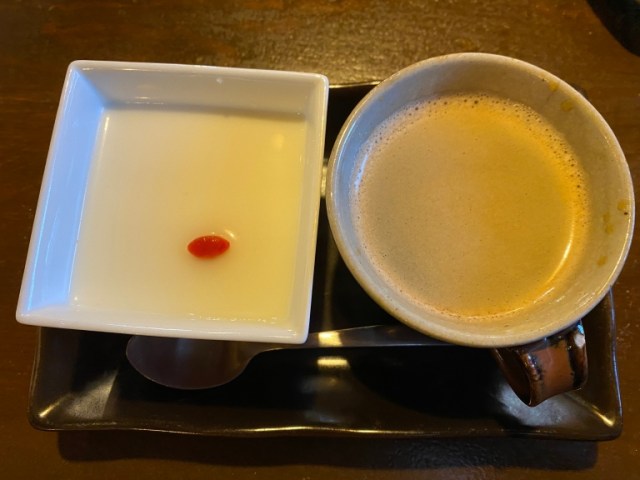
▼ By the way, if you’re not taking a taxi to Wa no Naka, it’s close to the Komanyumachi bus stop.

As she lingered over dessert, Ikuna realized that this was one of the most satisfying meals she can remember having in the last few years. She almost chuckled thinking back about how unsure her taxi driver had seemed about the recommendation, and wondered if Tochigi and its neighboring prefectures consistently ranking near the bottom in prefectural popularity polls might be shaking the local confidence.
So if you’re reading this, Utsunomiya taxi driver, thanks for the recommendation, and for giving us yet another glimpse of how Tochigi really is an awesome place.
Restaurant information
Wa no Naka / 和の中
Address: Tochigi-ken, Utsunomiya-shi, Komanyumachi 1296-33
栃木県宇都宮市駒生町1296-33
Open 11:30 a.m,-2:30 p.m., 5:30 p.m.-10 p.m.
Closed Mondays
Photos ©SoraNews24
● Want to hear about SoraNews24’s latest articles as soon as they’re published? Follow us on Facebook and Twitter!


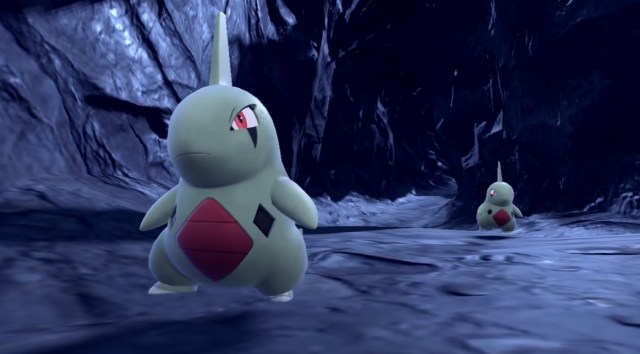
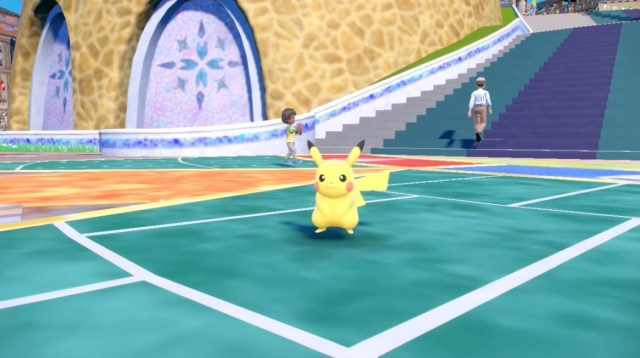
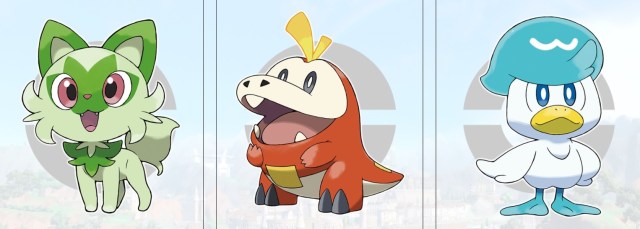



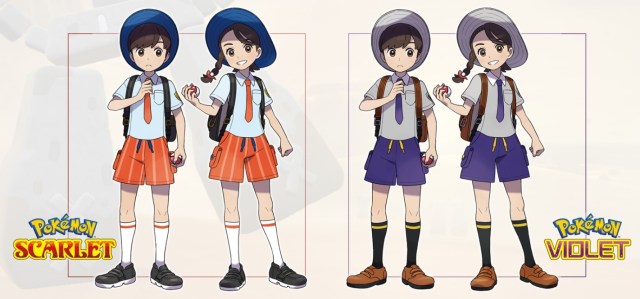
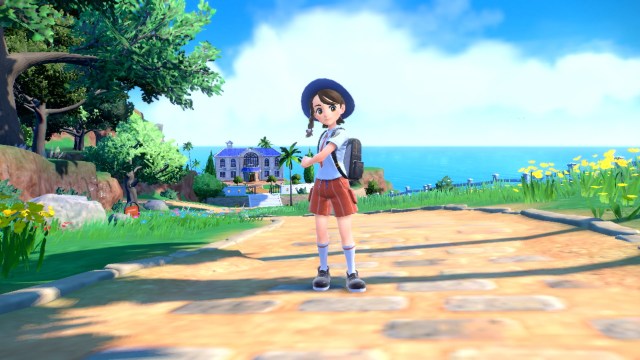


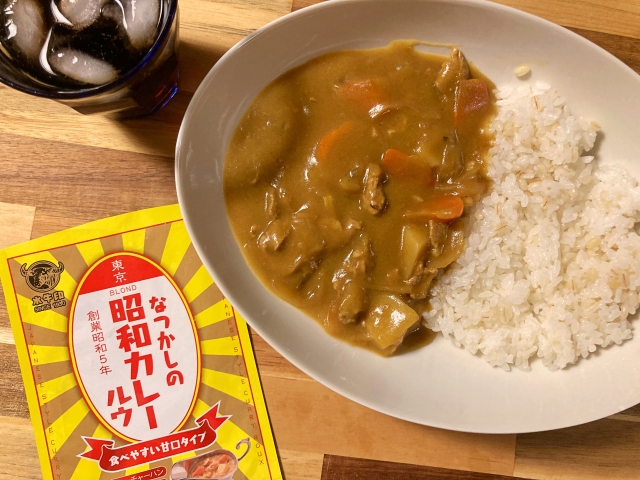
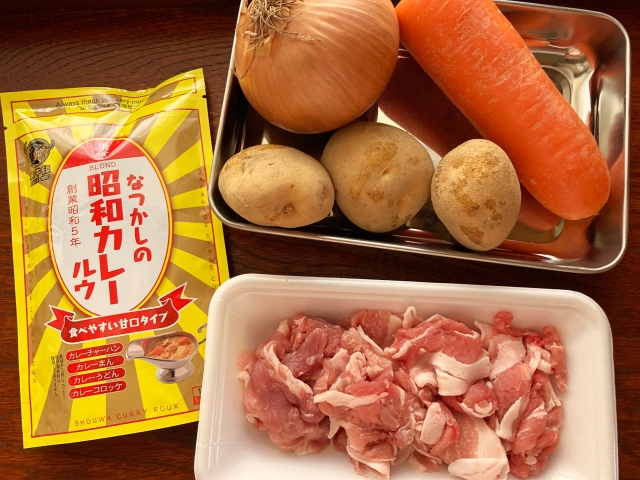
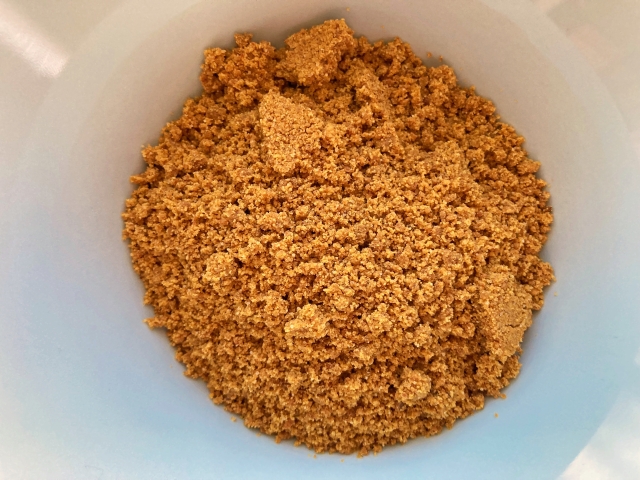
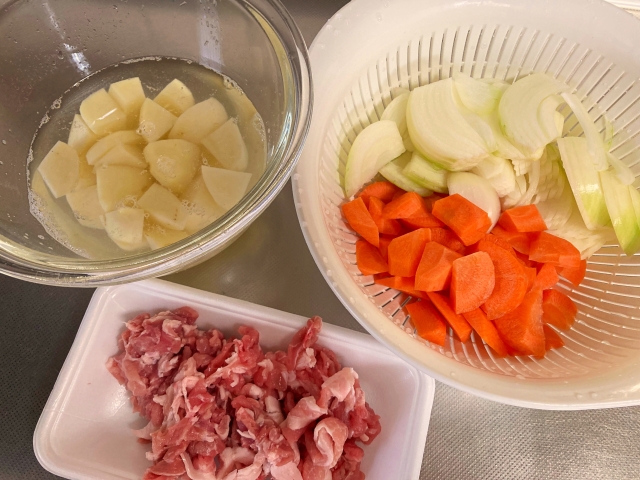


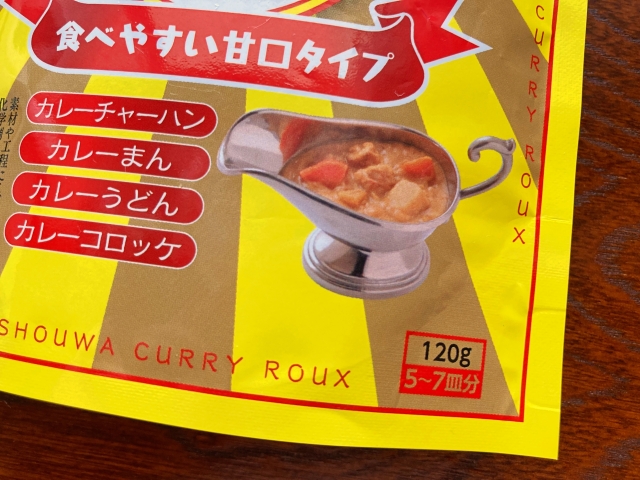


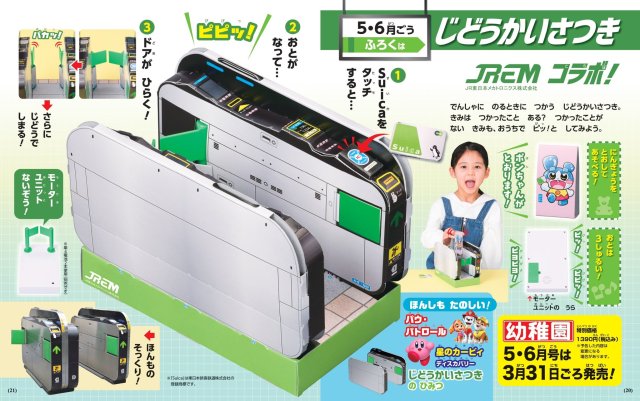
 (@SEGA_OFFICIAL)
(@SEGA_OFFICIAL) 






















